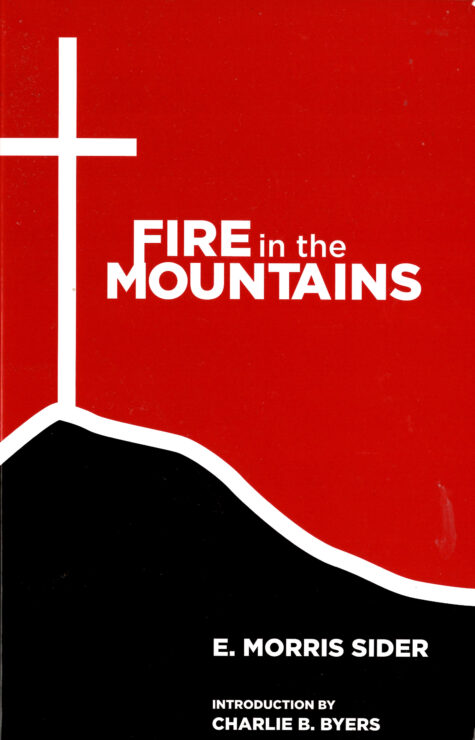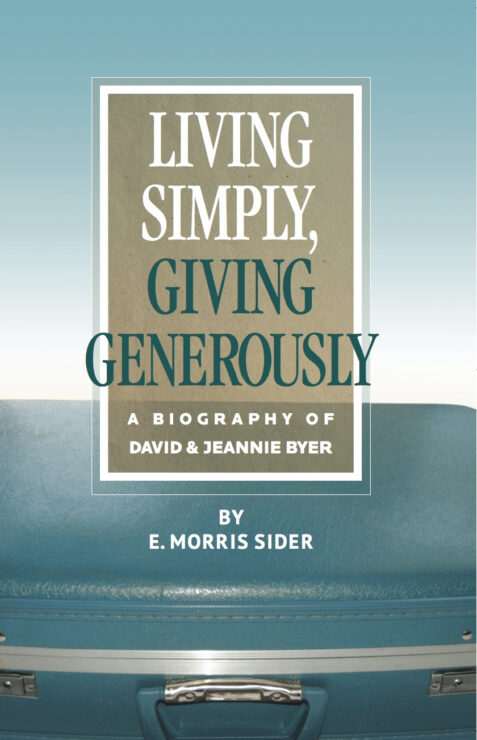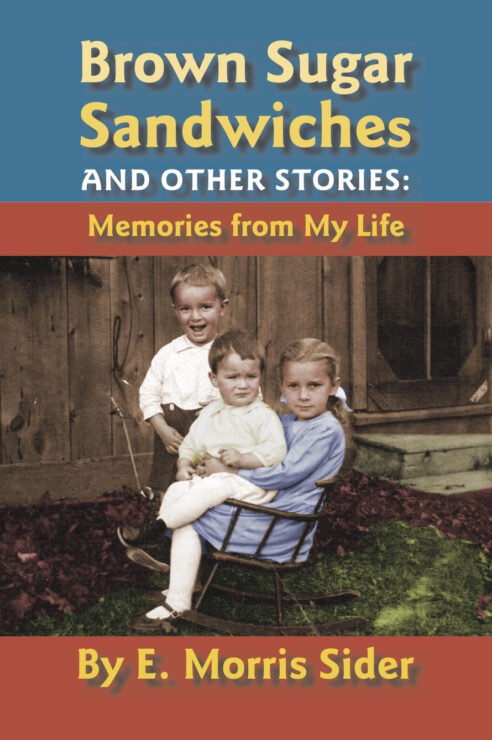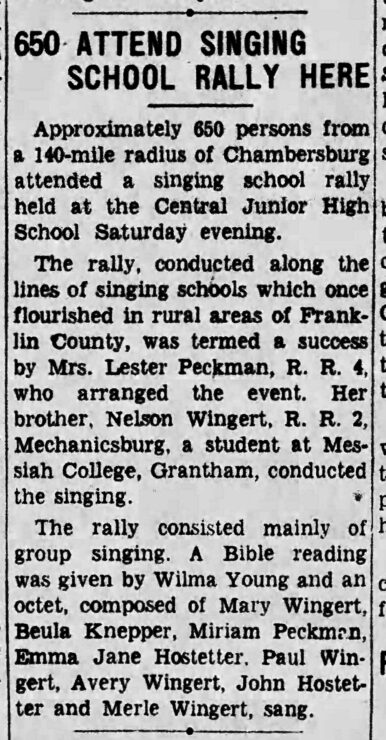In a recent conversation with a Brethren in Christ bishop, I was asked, “Do you see the journal taking the role of the Evangelical Visitor?” His question came about as I shared with him, and others, about my hopes for the Brethren in Christ Historical Society to contribute to robust and healthy conversation in our denomination as we learn from our past and contribute to our current life together. During its more than one hundred years of publication, the Evangelical Visitor fulfilled that conversational role in our church family. As we look forward to this next season of the life of the Historical Society, my hope is that we, as a Society, can pick up on this conversational work.
How will we do this? Not by doing anything new, per se, but by doing things differently. Our hope is to pull together conversations that are being held by smaller or regionalized groups and share them with the broader Brethren in Christ family.
For example, did you know that three times a year a small group of people gather online to discuss theological issues? This group is called the Theological Study Forum. You might have come across the fruit of this group as you’ve read some of the papers by the presenters that were published in Brethren in Christ History and Life. Or, did you know that two Brethren in Christ pastors host a monthly podcast called “BIC Life”? Both pastors are newer to the Brethren in Christ and explore issues of Brethren in Christ identity, among other things. These efforts are in addition to our own publications and events and our partnership with Zambian Christian University.
Our hope is to bring these smaller conversations to a wider audience of the Brethren in Christ in the US and beyond in order to be a resource for local churches and leaders. This is in the spirit of one of the original conceivers of the Historical Society, Martin Schrag, who envisioned that such an organization could not only “promote the study of the history of the Brotherhood” but also could “assist the active work of the church.”
 A simple next step will be a new Historical Society monthly email that will communicate upcoming publications and events, both online and in person. This monthly email will be the main form of communication to connect you with other content and conversation from the Historical Society. We are currently working to collect emails from those who are interested in learning about what’s happening. Even if you’re not a member of the Historical Society, we invite you to submit your email address filling out this form or by emailing Karen Ulery, our treasurer and new administrative coordinator.
A simple next step will be a new Historical Society monthly email that will communicate upcoming publications and events, both online and in person. This monthly email will be the main form of communication to connect you with other content and conversation from the Historical Society. We are currently working to collect emails from those who are interested in learning about what’s happening. Even if you’re not a member of the Historical Society, we invite you to submit your email address filling out this form or by emailing Karen Ulery, our treasurer and new administrative coordinator.
Our Anabaptist stream invites us into rich community with one another, and we hope as the work of the Society moves forward we can play a role in contributing to that community conversation.


 Living Simply, Giving Generously: A Biography of David and Jeannie Byer (2015).
Living Simply, Giving Generously: A Biography of David and Jeannie Byer (2015). Stories and Scenes from a Brethren in Christ Heritage (2018).
Stories and Scenes from a Brethren in Christ Heritage (2018). Brown Sugar Sandwiches and Other Stories: Memories from My Life (2021).
Brown Sugar Sandwiches and Other Stories: Memories from My Life (2021).


 When we think of Brethren in Christ “hubs” in North America, the US state of Oregon doesn’t typically come to mind. But Brethren in Christ have been active in the Beaver State since the 1940s. In that decade, several Brethren in Christ families from Upland, California, relocated to the Pacific Northwest, seeking economic opportunities. The need for a spiritual ministry was great, so the California church dispatched Benjamin and Priscilla Books as a pastoral couple. In 1945, they established a small mission congregation: Redwood Country Church, near Grants Pass, Oregon.
When we think of Brethren in Christ “hubs” in North America, the US state of Oregon doesn’t typically come to mind. But Brethren in Christ have been active in the Beaver State since the 1940s. In that decade, several Brethren in Christ families from Upland, California, relocated to the Pacific Northwest, seeking economic opportunities. The need for a spiritual ministry was great, so the California church dispatched Benjamin and Priscilla Books as a pastoral couple. In 1945, they established a small mission congregation: Redwood Country Church, near Grants Pass, Oregon.